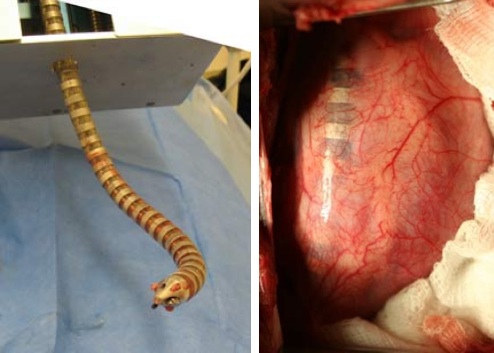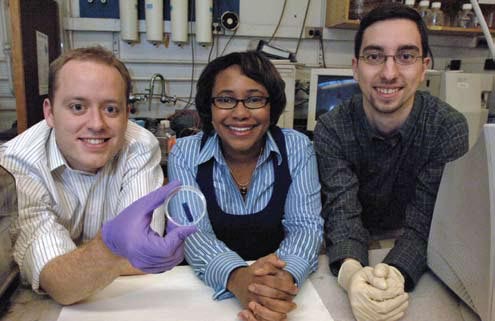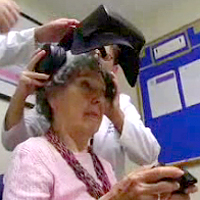Biotic Antibiotics – Phages to the Rescue ?
Filed under: Aging topics, Antibiotics, Hospital Care, Treatment modalities
 Thousands of hospitals and communities are now grappling with the fruits of our success with antibiotics… deadly bacterial resistance. Some people think methicillin resistant staph aureus (MRSA) and its terrifying descendant vancomycin resistant staph aureus (VRSA) are threatening to return the world to the dark ages before penicillin and sulfa were discovered.
Thousands of hospitals and communities are now grappling with the fruits of our success with antibiotics… deadly bacterial resistance. Some people think methicillin resistant staph aureus (MRSA) and its terrifying descendant vancomycin resistant staph aureus (VRSA) are threatening to return the world to the dark ages before penicillin and sulfa were discovered.
Now, some researchers are looking back in time to the early 20th century to find treatments that can potentially overcome the problems of bacterial antibiotic resistance and can give us new paradigms in the treatment of infectious diseases. The idea of using viruses as therapeutic agents may even go beyond treatment of bacterial infections to the potential of treating other important and debilitating illnesses such as Alzheimer’s disease. Read the rest of this entry »

 Most people have experienced the 1st wave of
Most people have experienced the 1st wave of 


 One of the tasks in need of faster and better quality technology is the evaluation of individuals for evidence of cognitive impairment. Obvious examples include the high school football player who may have had a mild
One of the tasks in need of faster and better quality technology is the evaluation of individuals for evidence of cognitive impairment. Obvious examples include the high school football player who may have had a mild 